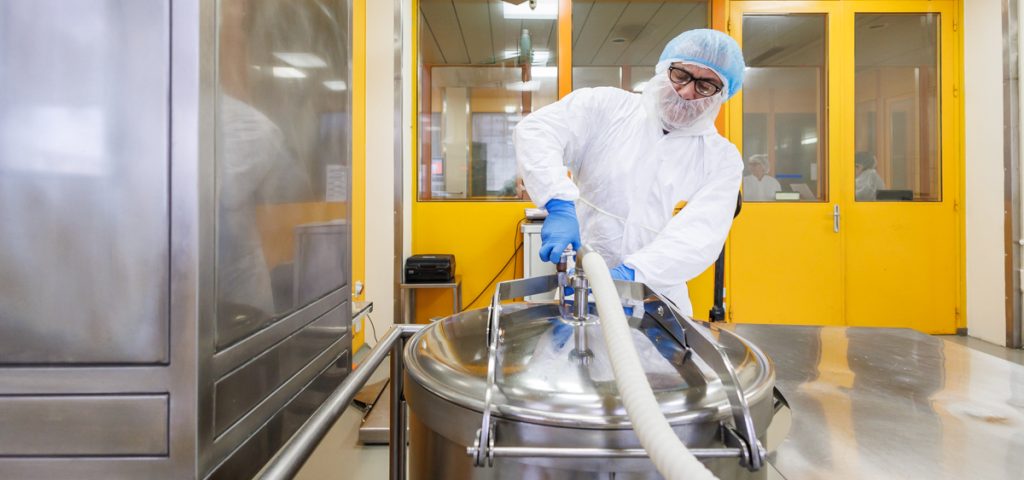In the pharmaceutical industry which is highly competitive the management of controlled substance medications is a subject of primary concern. With the safety, security, and the related regulatory compliance as their focus, the specialized services and the strict regulatory compliance are the norm. This manual aims to be a comprehensive guide to the controlled substance medication, from the definition to the detailed regulatory and management processes.
What is Controlled Substance Medication?
Controlled substance drugs are the medications that are regulated by governments because of their risk of being abused or addiction. These chemicals are classified into different schedules based on the purpose of their medical use and the risk of substance abuse or dependency. The proper management of these drugs is a key element in the prevention of their abuse while at the same time ensuring that they are available for the legitimate medical needs.
The Vital Role of Manufacture of Controlled Substance Medication
The pharmaceutical industry is required to produce controlled substance medications as this important task is essential to the treatment of critical health issues and improving the quality of life of patients with various conditions. A lot of controlled substances are the main ingredients in pain management, treatment of psychiatric disorders, anesthesia during surgery, and many other vital medical applications. This way, pharmaceutical companies are able to give the clinical settings with standardized, and dependable medicines that are key in the medical field. Besides, the responsible manufacturing of these pharmaceuticals guarantees their purity, effectiveness, and safety, thus avoiding contamination or inconsistency that may lead to serious health problems. In the end, the production of controlled substances not only meets the medical needs but also complies with ethical standards, thus maintaining the balance between the accessibility for those in need and the prevention of misuse and diversion in the community at large. This balanced approach ensures that these medications retain their therapeutic value but also minimizes the risks of abuse that may arise in the wider public health.
Precision, Security, and Regulatory Knowledge
Careful handling of controlled substance medications within the pharmaceutical sector requires a high degree of accuracy, confidentiality and compliance with regulatory requirements.
1. Secure Storage Practices: For controlled drugs, the storage should be in secure places that prevent unauthorized persons and reduce the chances of diversion and misuse.
2. Detailed Documentation: In order to ensure that the process of procurement, storage, distribution, and disposal of controlled substances is transparent and compliant, meticulous records must be kept.
3. Rigorous Tracking and Record-Keeping Systems: The use of efficient tracking systems is an effective measure in inventory control and it gives the possibility to conduct regular audits of controlled substances.
4. Regular Inventory Management Checks: Routine checks are crucial for detecting and eliminating inconsistencies and errors in a timely manner, which is necessary for maintaining the integrity of pharmaceutical operations.
5. Quality Control Procedures: These are the main things to know whether the controlled medications are safe enough before they get to the consumers.
6. Comprehensive Oversight: Each process, from procurement to distribution, has to be under strict supervision to guarantee the compliance with the regulations and to limit the risks.
Ensuring Compliance and Mitigating Risks
The process of a controlled substance medication from its manufacture to the end-user is full of many regulatory difficulties. Pharmaceutical enterprises should not only cover the national and international laws but also the laws which are designed in such a way that they are specific to some states or regions. Regular inspections and keeping the rules up to date with the laws during their development are essential to compliance and avoidance of substantial fines.
The fact that the strict guidelines for the handling and distribution of controlled substance medications are the key to the integrity of pharmaceutical operations and patient safety is very important to understand and put into practice. The complete knowledge of the standards and regulations mentioned hereby will help to achieve the goals envisaged, while also minimizing the risks that come with controlled substances.
FAQs about Controlled Substance Medication
1. What medications are considered a controlled substance?
Controlled substances include medications which have restrictions due to their potential for abuse. Examples are narcotics, stimulants, depressants, and anabolic steroids.
2. What is an example of a controlled drug?
An example of a controlled drug is morphine, a potent pain reliever categorized under Schedule II of controlled substances, indicating high potential for abuse but also accepted medical use.
3. How can pharmaceutical companies enhance supply chain management for controlled substances?
Pharmaceutical companies can optimize their supply chain for controlled substances by implementing advanced tracking systems and adopting blockchain technology for improved security and traceability. Partnering with specialized logistics providers can also ensure secure and efficient transport, meeting regulatory standards while maintaining product integrity. Regular staff training on compliance and security measures is essential for maintaining high handling standards.
4. Are antidepressants controlled drugs?
While most antidepressants are not considered controlled substances, there are exceptions such as certain drugs used for ADHD treatment that have antidepressant properties and are classified as controlled due to their potential for abuse.
